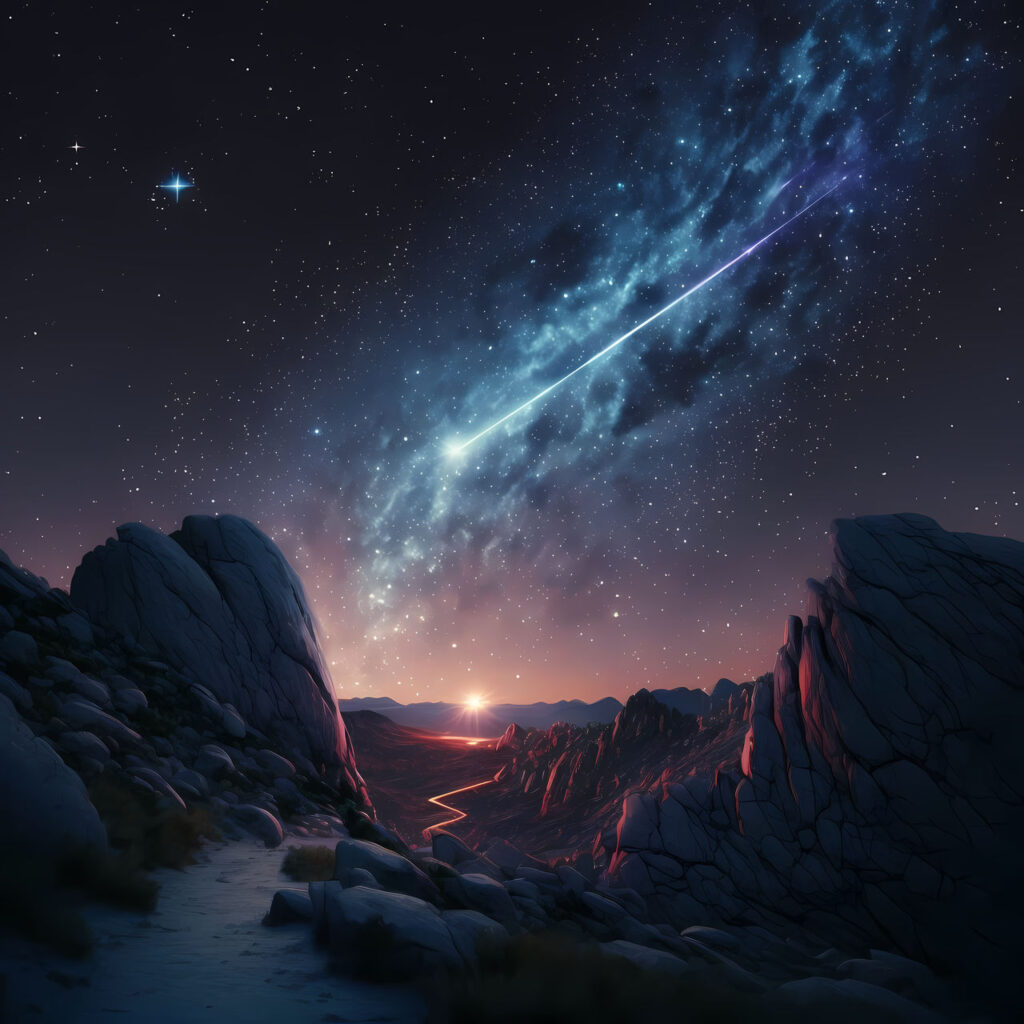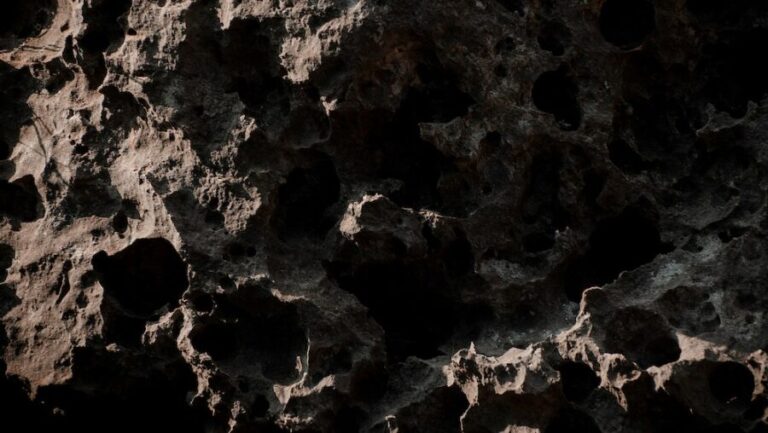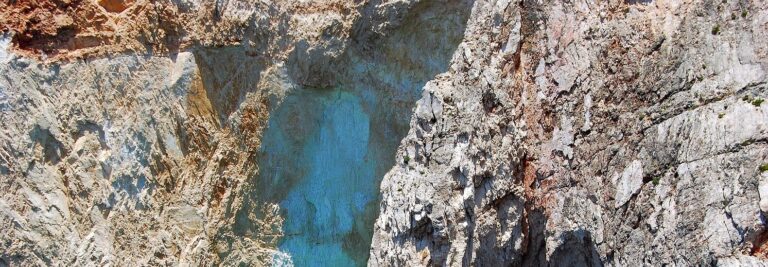
Audience
- Sentiment: Cautiously optimistic
- Political Group: Generally neutral
- Age Group: 18-35
- Gender: All genders
Overview
- Asteroid 2024 YR4 poses a low collision risk with a 2.3% chance of impacting Earth in 2032.
- If it were to hit, it could release energy equivalent to 500 times the Hiroshima bomb.
- Scientists are actively monitoring the asteroid’s trajectory using advanced technology.
A Close Encounter with Asteroid 2024 YR4: What You Need to Know
Imagine standing under a clear night sky, surrounded by friends, and gazing up at the stars. It’s mesmerizing, right? There’s something magical about looking into the vast expanse of the universe and pondering the mysteries it holds. But while you’re enjoying the view, have you ever wondered if there’s something hurtling through space toward Earth? Sounds like a scene from a sci-fi movie, doesn’t it? Well, here’s a real-life scenario that’s gotten scientists buzzing: asteroid 2024 YR4.
Recently, a powerful telescope managed to capture footage of this asteroid, which is currently making headlines, and for a good reason. This isn’t just any asteroid—this one has a small chance of colliding with our planet on December 22, 2032. That may sound far away, but scientists are already keeping a close eye on it. So, what’s the deal with this space rock? Let’s break it down and understand why it matters.
What Exactly Is Asteroid 2024 YR4?
First, let’s clarify what an asteroid is. Asteroids are like the leftovers from the formation of our solar system. They are small rocky bodies that orbit the sun, and while some of them are as tiny as a pebble, others can be quite massive—over a mile wide! Asteroid 2024 YR4 is somewhere between 130 to 300 feet wide. That’s about the size of a football field or two, making it quite a significant object in cosmic terms.
The bigger question, however, is why 2024 YR4 has caught the attention of scientists and the media. Well, it’s because its trajectory brings it into the realm of possibility for affecting Earth. When NASA first identified the asteroid, they calculated that it had about a 1.2% chance of colliding with our planet. As calculations improved and more data came in, that number crept up to 2.3%.
Now, you might be thinking, “Wait, those numbers may be small, but they still sound pretty scary!” And you’re not wrong. However, here’s some good news: there’s still a whopping 97.7% chance that it will miss us entirely. It’s like playing a game of darts where your aim is pretty good—most of the time, you hit the target, but sometimes, the dart flies off in another direction.
The Potential Impact of YR4
So, what happens if this asteroid does decide to take a detour down to Earth? Scientists believe that if YR4 were to strike, it could release an astounding amount of energy—about 500 times the power of the atomic bomb dropped on Hiroshima during World War II. That’s a staggering amount of force. For comparison, imagine the explosion that could flatten a city, sending shockwaves that could be felt for miles around.
While this sounds alarming, it’s important to remember that our planet has survived many asteroid hits in the past. The most famous one occurred about 66 million years ago when a giant asteroid struck the Earth, leading to the extinction of the dinosaurs. Today, our technology helps us keep a lookout for space rocks like YR4. Scientists have become experts in tracking the orbits of asteroids and calculating their trajectories.
How Are Scientists Monitoring YR4?
The good news is that scientists are not just sitting around and waiting for YR4 to come barreling toward us. They are actively monitoring its path and behavior. Every time the asteroid orbits around the sun, NASA and other space agencies take detailed observations. With advanced telescopes and radar systems, they gather data to analyze the asteroid’s size, speed, and trajectory. This information is crucial in determining whether the collision probability increases or decreases.
Just like how you might check the weather forecast to see if it’s going to rain tomorrow, scientists are keeping a close watch on YR4 to see if the odds of a collision change. In March, additional assessments are set to happen, giving researchers another chance to gather data on the asteroid’s size and trajectory.
Learning from the Past
It’s also interesting to note that while YR4 is currently the only significant asteroid threat on NASA’s radar, history shows that scientific observation can lead to reduced impact probabilities. In fact, many asteroids that were once considered potential threats have been re-evaluated and found to be harmless. Through advances in technology and many years of observation, astronomers have often managed to shift the odds in our favor.
So, is there reason to panic? Not really! The key takeaway here is that while it’s important to be aware and informed about asteroids, the likelihood of a serious incident is still incredibly low. Humanity has faced challenges before, and just as the dinosaurs faced their asteroid scenario millions of years ago, we have developed ways to monitor and protect ourselves.
What Can We Do?
So what can we do, as ordinary people? Knowledge is power! The more we understand about space and our cosmic neighbors, the better prepared we are to deal with potential threats. You could start by diving into books, documentaries, and articles about astronomy and asteroids. Who knows, you might discover your passion for space!
Another exciting possibility is getting involved in science and technology. If you think you might be interested in a future in astronomy, engineering, or coding, now is the perfect time to start exploring those fields. Who knows, one day you might be part of a team working on solutions to protect our planet from space rocks.
Wrapping Up
As we stand here on our little blue planet, we should feel a sense of wonder about our existence in the universe. The stars above hold countless secrets, and while asteroids like 2024 YR4 may make our hearts race, the truth is that humanity is doing everything it can to ensure our safety. We have come a long way in understanding the vastness of space, and as we continue to explore, we strengthen our ability to protect our planet.
So, what do you think? Do you find the idea of monitoring asteroids exciting or a little scary? Would you want to learn more about asteroids, or are you more interested in other aspects of space? Share your thoughts and questions in the comments below!






